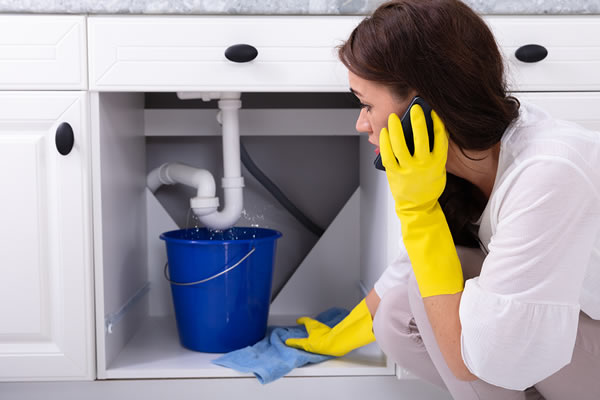The author is making several good points regarding Leaking water lines as a whole in this article directly below.

Early discovery of leaking water lines can mitigate a prospective catastrophe. Some little water leaks may not be visible.
1. Check Out the Water Meter
Every house has a water meter. Inspecting it is a surefire manner in which helps you discover leakages. For beginners, turn off all the water resources. Make sure nobody will certainly flush, use the tap, shower, run the washing device or dishwashing machine. From there, most likely to the meter and watch if it will alter. Because no one is utilizing it, there ought to be no activities. That shows a fast-moving leakage if it moves. If you discover no modifications, wait a hr or two and inspect back once again. This means you may have a slow leakage that could even be underground.
2. Check Water Consumption
Assess your water expenses and track your water intake. As the one paying it, you ought to see if there are any kind of discrepancies. If you detect sudden changes, regardless of your intake being the same, it suggests that you have leaks in your plumbing system. Bear in mind, your water costs ought to fall under the exact same array every month. An unexpected spike in your bill suggests a fast-moving leak.
A constant boost every month, also with the very same behaviors, reveals you have a sluggish leak that's likewise slowly intensifying. Call a plumber to extensively examine your building, particularly if you really feel a cozy area on your flooring with piping beneath.
3. Do a Food Coloring Examination
When it pertains to water intake, 30% originates from commodes. Test to see if they are running correctly. Drop flecks of food color in the container as well as wait 10 mins. If the color somehow infiltrates your bowl throughout that time without flushing, there's a leak in between the container and bowl.
4. Asses Exterior Lines
Don't forget to inspect your outdoor water lines also. Examination faucets by affixing a garden tube. Should water seep out of the link, you have a loosened rubber gasket. Change this and make certain all links are limited. It will certainly help get it expertly took a look at and also preserved yearly if you've got a lawn sprinkler system. One little leak can waste tons of water as well as spike your water costs.
5. Examine as well as Assess the Circumstance
Homeowners should make it a routine to check under the sink counters as well as also inside cabinets for any bad odor or mold and mildew development. These two red flags suggest a leakage so prompt attention is needed. Doing regular inspections, even bi-annually, can save you from a major problem.
Examine for stainings and weakening as a lot of appliances as well as pipelines have a life span. If you presume dripping water lines in your plumbing system, don't wait for it to escalate.
Early discovery of dripping water lines can minimize a possible calamity. Some tiny water leakages might not be visible. Checking it is a proven means that helps you uncover leaks. One tiny leakage can waste bunches of water as well as spike your water expense.
If you think dripping water lines in your plumbing system, don't wait for it to rise.
WARNING SIGNS OF WATER LEAKAGE BEHIND THE WALL
PERSISTENT MUSTY ODORS
As water slowly drips from a leaky pipe inside the wall, flooring and sheetrock stay damp and develop an odor similar to wet cardboard. It generates a musty smell that can help you find hidden leaks.
MOLD IN UNUSUAL AREAS
Mold usually grows in wet areas like kitchens, baths and laundry rooms. If you spot the stuff on walls or baseboards in other rooms of the house, it’s a good indicator of undetected water leaks.
STAINS THAT GROW
When mold thrives around a leaky pipe, it sometimes takes hold on the inside surface of the affected wall. A growing stain on otherwise clean sheetrock is often your sign of a hidden plumbing problem.
PEELING OR BUBBLING WALLPAPER / PAINT
This clue is easy to miss in rooms that don’t get much use. When you see wallpaper separating along seams or paint bubbling or flaking off the wall, blame sheetrock that stays wet because of an undetected leak.
BUCKLED CEILINGS AND STAINED FLOORS
If ceilings or floors in bathrooms, kitchens or laundry areas develop structural problems, don’t rule out constant damp inside the walls. Wet sheetrock can affect adjacent framing, flooring and ceilings.
https://www.servicemasterbyzaba.com/blog/how-to-detect-water-leakage-in-walls/

I have been very involved in Finding hidden leaks and I really hope you enjoyed reading the new blog entry. Please take the opportunity to share this post if you enjoyed it. Many thanks for your time. Come back soon.